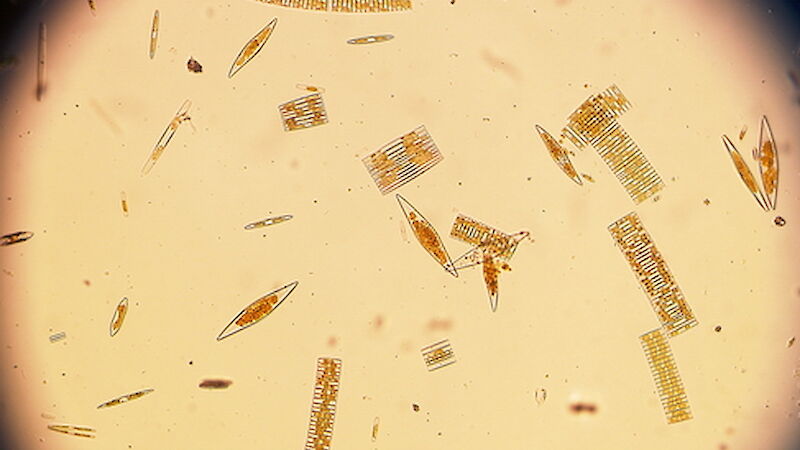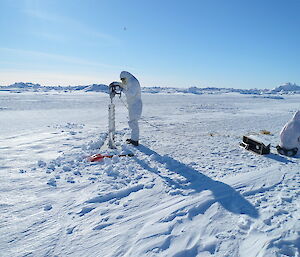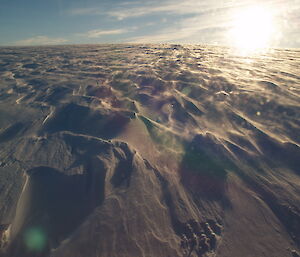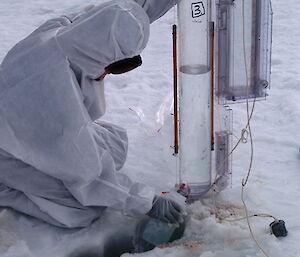Take one deep breath, pause … breathe out and another in, pause and contemplate that that last breath was a life-giving gift from organisms many of us have never heard of. Phytoplankton, those tiny plants floating around in the vast openness of the oceans, tirelessly working and giving their lives so that we humans and every other animal on earth can breathe comfortably.
Not only do they give us this fundamental gas (oxygen) they also take the trash out, endlessly converting our waste carbon dioxide into their little single-celled bodies (through photosynthesis). And when dead, sink unceremoniously to the sea floor to eventually become sedimentary rocks, some of which produce the petrochemical products we love so dearly in our modern life.
No wonder then that so much effort is invested in understanding the processes that drive their existence. One such process is the availability of phytoplankton food, iron. Yep, that’s the same stuff your car is made from, your house is reinforced with and cities are constructed from. It turns out that, just like you and me, phytoplankton can’t live without a balanced diet which includes, nitrate, phosphate, sometimes silicate and iron together with a range of other nutrients required in very low quantities.
That’s normally fine because most of the worlds oceans have loads of these nutrients and the phytoplankton can gorge themselves silly and have a right old party! That is unless you live in specific parts of the oceans where a balanced diet is not so easy to come by, such as the Southern Ocean. You see, in the frigid reaches of the worlds most inhospitable ocean, phytoplankton have it a bit tough. There is plenty of the ‘meat and potatoes’ nitrate and phosphate, but not so much of the veg, iron. In fact, the concentration in the surface waters of the Southern Ocean is so low that for you to collect less than a gram you would have to filter around 400 Olympic-sized swimming pools worth of sea water!
However, not all of the Southern Ocean is so deprived in phytoplankton vegies. The sea ice surrounding Antarctica, which covers an area twice the size of Australia every winter, concentrates iron like a sponge, only to release it upon melting in the spring with dramatic consequences. The phytoplankton have a giant party, observable from space, and significantly affect the balance of carbon dioxide and oxygen in the atmosphere.
That’s why we are here — over the course of four weeks and based at Casey station we will be documenting the concentration of iron in near-by sea ice, sea water and snow just at the time when the giant sea ice sponge is being squeezed and the phytoplankton are having the time of their lives! Due to the remoteness of Antarctica and the difficulties of measuring these low quantities of iron, only a handful of studies have ever attempted this. With the support of our friends here at Casey station we hope to better understand this amazing process that allows you and me to sleep easy and breathe deeply…
Pier van der Merweand Delphine Lannuzel
Pier is a PhD student at the University of Tasmania and affiliated with the Antarctic Climate and Ecosystem Cooperative Research Center (ACE CRC). Delphine is a researcher also affiliated with the University of Tasmania and the ACE CRC




